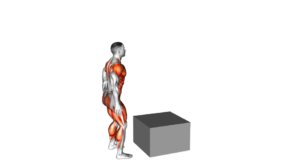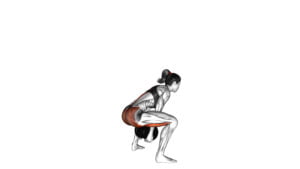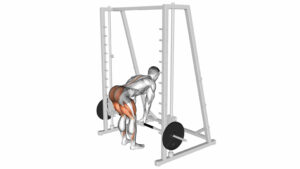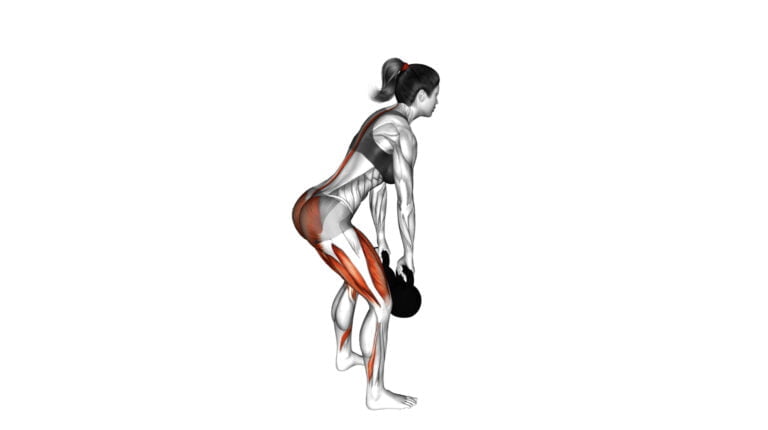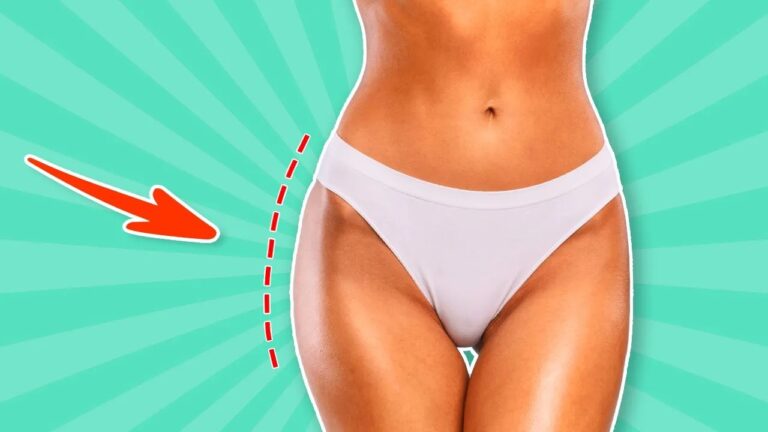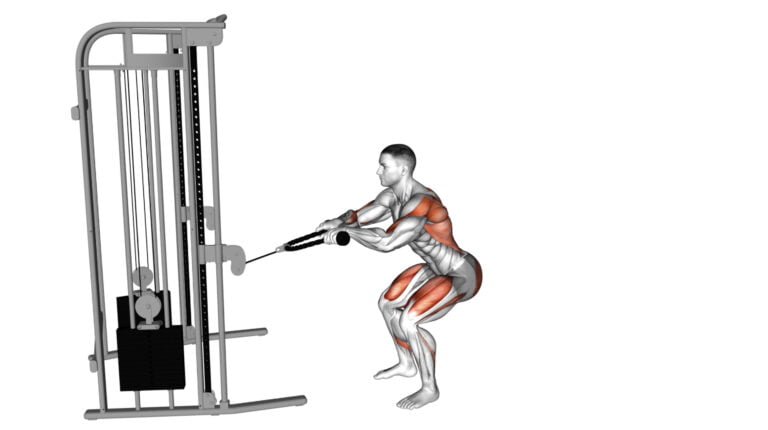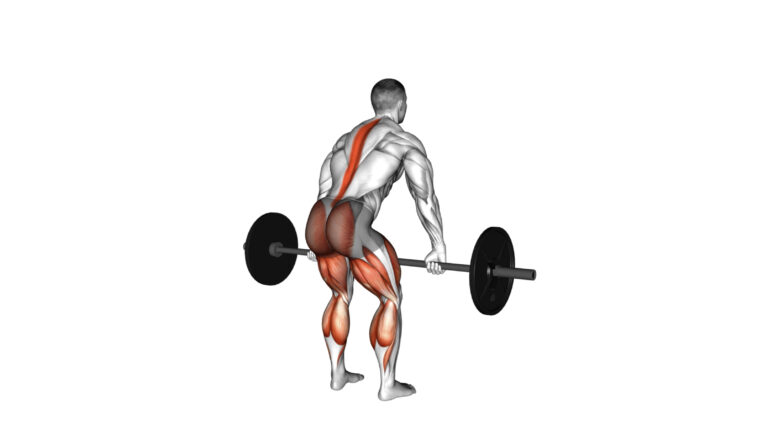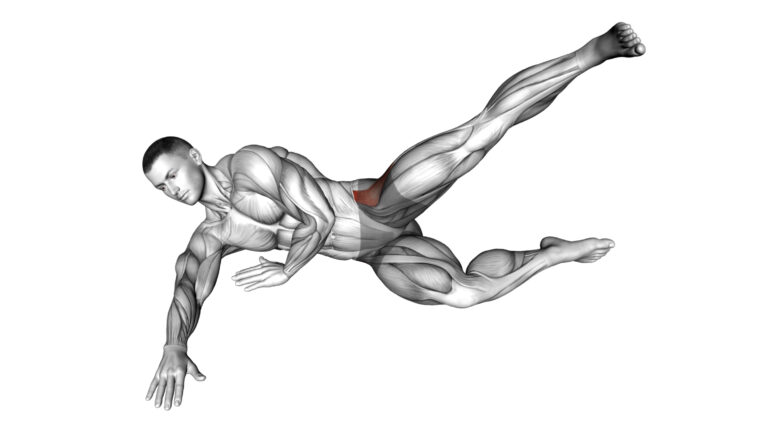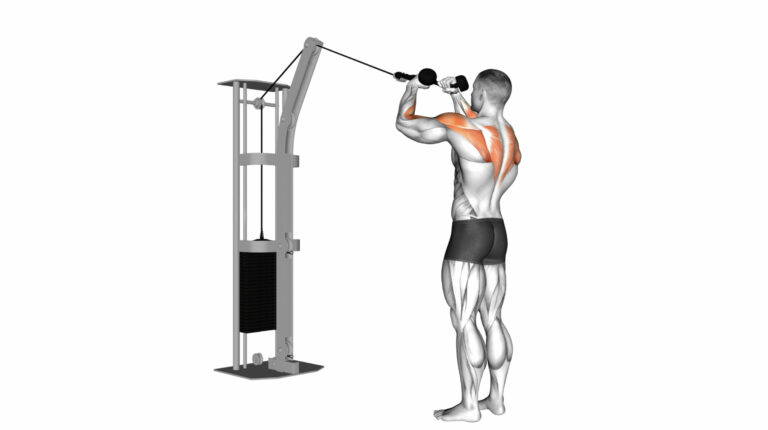10 Exercises For Bottom Of Glutes To Get A Peachy Booty Faster
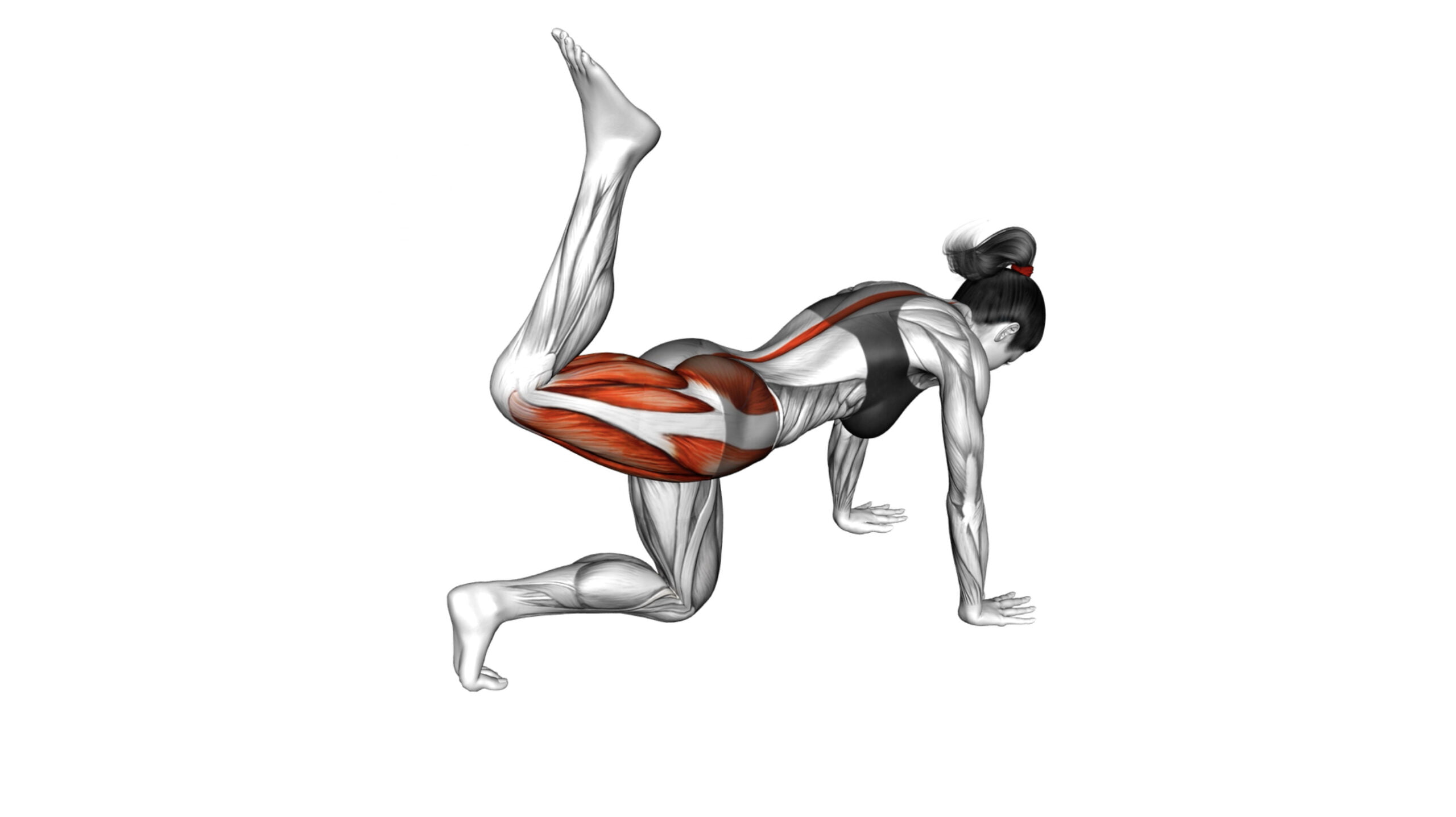
Are you looking to shape and strengthen the bottom of your glutes? Look no further! As a certified fitness trainer with over 10 years of experience, I have helped countless clients achieve their fitness goals, including targeting and toning this specific area. In this article, we will explore 10 powerful exercises for the bottom of your glutes that are sure to help you achieve the results you desire.
Did you know that strengthening the muscles in the bottom of your glutes is not only important for aesthetic purposes but also plays a crucial role in overall lower body strength and stability? You’ll be surprised to learn just how much impact these muscles have on functional movement and athletic performance. Get ready to take your workout routine to the next level as we dive into these top exercises for bottom of glutes! Let’s get started!
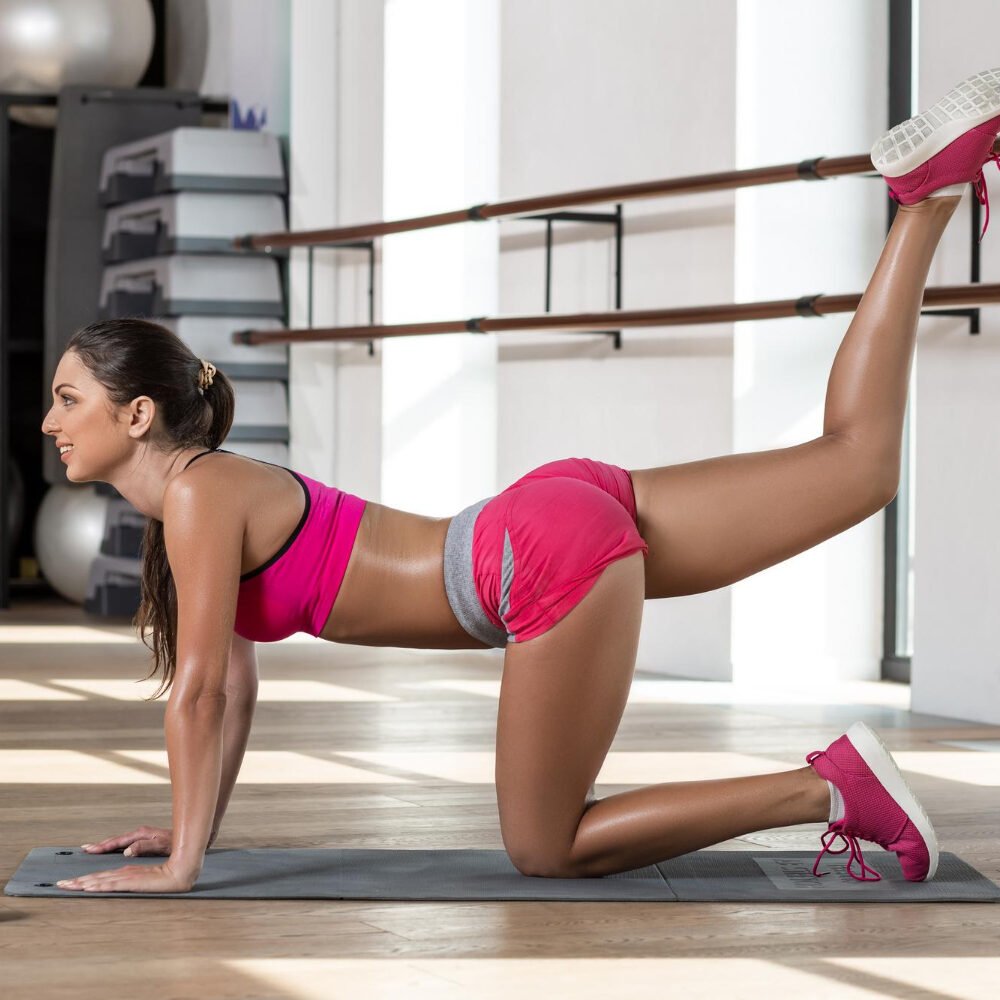
Key Takeaways
- Strengthening the bottom of your glutes improves posture, reduces injury risk, and enhances athletic performance.
- Key muscles include the gluteus maximus, medius, and minimus which contribute to hip movement, stability, and shape.
- Exercises like Glute Bridge Marches and Hip Thrusts activate these muscles effectively.
- Maintaining proper form during workouts is essential for targeting muscles accurately and preventing injuries.
- Progressing by increasing weight or reps over time helps develop muscle growth in the glutes.
Defining the
Understanding the structure and function of glute muscles is essential for targeting the bottom part of your glutes effectively. The powerhouse trio—gluteus maximus, medius, and minimus—play pivotal roles in hip movement, stability, and shape.
Focus on these muscles will not only improve strength but also give that desired lift to your derriere.
Exercises such as the Romanian deadlifts and Bulgarian split squats engage these key areas by allowing movements like hip extension, abduction, and external rotation. Mastering these moves helps in developing a well-rounded lower body while preventing imbalances that can lead to injuries.
Engage your core muscles during workouts; this aids balance and maximizes muscle recruitment from your lower extremities all the way up to your pelvis area.
Why it’s important to work on this area
Having defined the gluteal muscles, it becomes clear why targeting the bottom of your glutes is crucial. These powerhouse muscles play a significant role in stabilizing your hips, supporting your lower back, and enabling a range of movements from walking to intense workouts.
Strong glutes help maintain proper posture and reduce the risk of injuries by absorbing impact during physical activity.
Focusing on exercises that shape and strengthen these muscles can lead to better performance in sports, more efficient movement patterns, and an enhanced appearance of your buttocks.
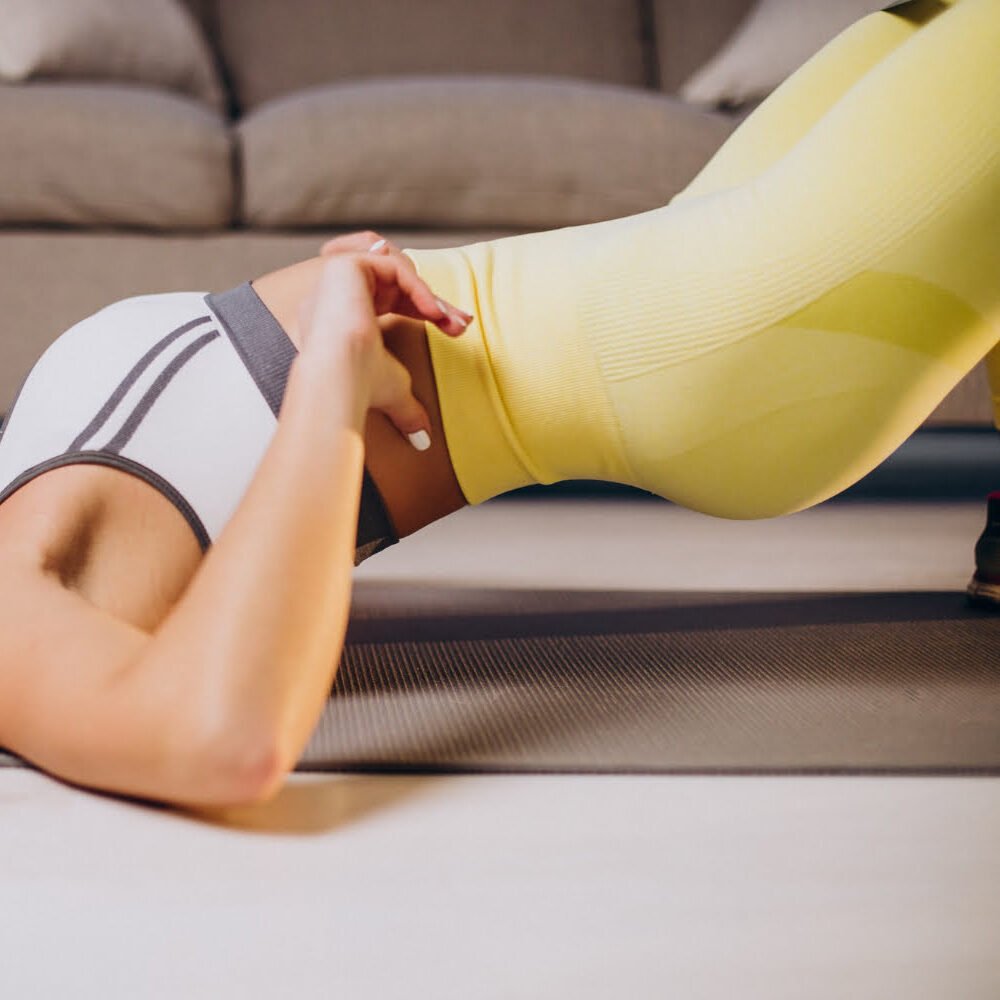
By engaging in dedicated lower-body strength training, you not only boost your booty but also support overall body function — whether you’re sprinting for a bus or powering through a rigorous squat challenge.
Engaging these key muscle groups promotes balance throughout the entire kinetic chain from feet to shoulders; thus investing effort here pays dividends across all physical pursuits.
Anatomy of the Glute Muscles
The glute muscles consist of the gluteus maximus, medius, and minimus, each playing a crucial role in shaping and strengthening the bottom of your glutes. To learn more about how these muscles contribute to your overall strength and fitness, keep reading!
Gluteus maximus, medius, and minimus
Your glutes are made up of three major muscles: the gluteus maximus, medius, and minimus. Each one plays a key role in movements like walking, running, and standing from a seated position.
The gluteus maximus is the largest and most superficial of the trio. It shapes your backside and powers you through activities that require hip extension or lifting your leg behind your body.
Think squats and lunges; these target this powerhouse muscle.
Moving to the middle layer, we find the gluteus medius which sits partially beneath the maximus on the outer edge of your hips. This fan-shaped muscle is crucial for stabilizing your pelvis when you’re on one foot — handy in everyday actions such as walking or climbing stairs.
Last but not least comes the gluteus minimus; it lies underneath both its sibling muscles. Its main job? Assisting with hip abduction — moving your leg away from your body’s midline —and internal rotation of the thigh bone during dynamic motions or even just balancing on one leg.
All together, these muscles support pelvic alignment and help protect against injuries by ensuring proper lower limb movement patterns. Strengthening them doesn’t just contribute to an aesthetically pleasing figure but enhances overall athletic performance while mitigating risks related to knee problems or lower back strain.
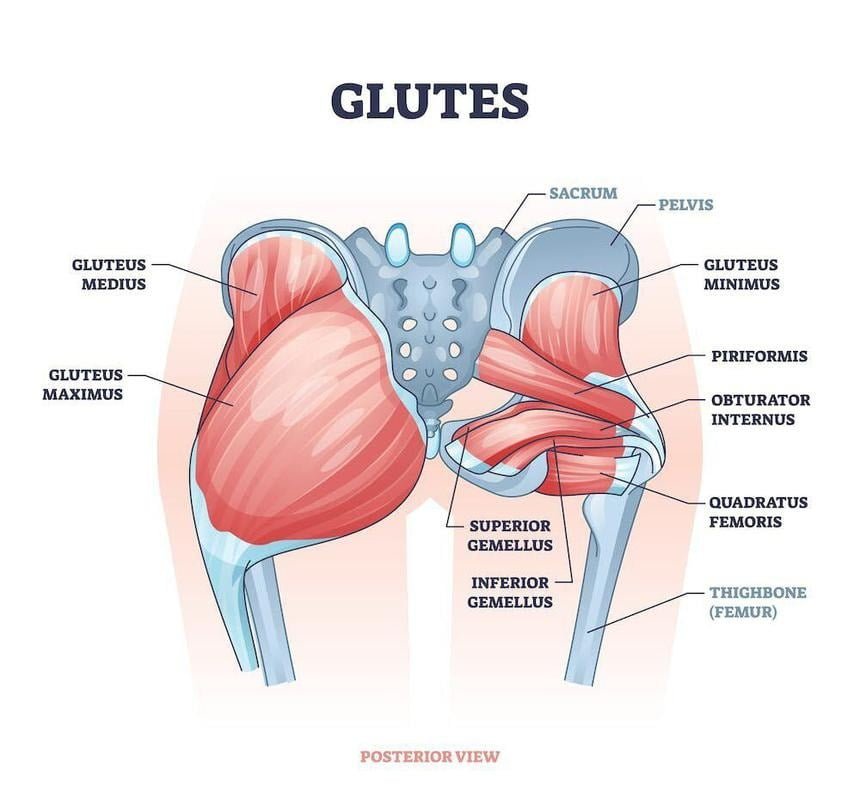
How these muscles contribute to the bottom of the glutes
The muscles at the bottom of your glutes, including the often-overlooked gluteus minimus and portions of the gluteus maximus, play a crucial role in creating a well-shaped posterior.
These muscle groups work in harmony as you perform movements like squatting and stepping. They act as powerful hip extensors, driving our legs back behind us with force and stability.
Strong lower glutes also contribute to better posture by aligning hips and helping to prevent common issues such as trendelenburg gait.
Focusing on these areas not only enhances overall appearance but significantly improves athletic performance. The strength of these lower muscles aids in explosive actions like jumping – think plyometric moves – and protects against injuries by supporting the hip joint during dynamic activities.
Engaging them properly through targeted exercises can lead to hypertrophy, meaning increased muscle size for a more defined look that complements natural fat distribution patterns around your thigh and hamstrings area.
The Top 10 Exercises For Bottom Of Glutes
Strengthening the bottom of your glutes is essential for overall lower body strength and stability, so buckle up as we delve into these 10 powerful exercises for bottom of glutes. To read more about each exercise and learn how to perform them effectively, keep on reading!
1. Glute Bridge March
Engage your core and lie on your back with knees bent and feet flat. Lift hips into a bridge position, then extend one leg out straight while keeping the thigh parallel to the ground.
Lower your hips slightly and lift them back up, marching with the extended leg by alternating between legs. This exercise effectively activates the glutes and challenges stability, engaging both gluteus maximus and medius for a well-rounded lower body workout.
By performing this dynamic movement, you are targeting specific muscles in your glutes to improve strength and stability in that area. With consistent practice, this exercise can lead to enhanced muscle tone and overall function of the bottom of your glutes while also improving hip mobility and balance.
2. Glute Bridge Two Legs on Bench
Transitioning from the Glute Bridge March, another powerful exercise to target and strengthen the bottom of your glutes is the Glute Bridge with Two Legs on a Bench. This compound exercise engages the gluteus maximus, medius, and minimus muscles while also activating your core for stability.
Position yourself on your back with both feet elevated on a bench and lift your hips by driving through your heels until your body forms a straight line from shoulders to knees. Squeeze your glutes at the top and then slowly lower back down.
To enhance this exercise, you can incorporate progressive overload by increasing weight or resistance over time. You can also add variety by trying different foot positions or adding an isometric hold at the top of each rep to challenge your muscles further.
3. Glute Bridge Two Legs on Floor
To perform the glute bridge with two legs on the floor, lie on your back with your knees bent and feet flat on the ground. Engage your core and lift your hips off the floor until your body forms a straight line from shoulders to knees.
Squeeze your glutes at the top of the movement and then slowly lower back down to complete one rep, focusing on maintaining proper form throughout.
This exercise targets the gluteus maximus effectively while also engaging the hamstrings and lower back muscles. It’s a great way to improve strength in these areas, ultimately leading to better stability and support for daily activities or athletic performance.
4. Heel Glute Bridge
Transitioning from the two-leg floor bridge, the heel glute bridge is an effective exercise that specifically targets the bottom of your glutes. This exercise involves elevating your feet and pushing through your heels to engage and activate the targeted muscles in a more intense manner.
Lie flat on your back with your knees bent and feet flat on the ground, then place a small towel or yoga block between your heels. Lift your hips off the ground by pressing down through your heels while engaging your glutes, forming a straight line from shoulders to knees at the top of the movement.
Lower back down and repeat for a challenging workout that isolates and strengthens the lower part of your glutes effectively.
5. Hip Thrusts
Hip thrusts are a powerful exercise that specifically targets the glutes. To perform a hip thrust, sit on the ground with your upper back resting against a bench. With your feet flat on the floor and knees bent, place a barbell across your hips.
Then, push through your heels to lift your hips off the ground until they align with your knees and shoulders. Squeeze your glutes at the top of the movement before lowering back down.
This exercise effectively isolates and activates the glute muscles, making it an excellent choice for building strength and shape in this area. Adding hip thrusts to your workout routine can help you achieve better muscle definition and overall lower body strength.
6. Kicks Leg Bent
Transitioning from hip thrusts, kicks leg bent targets the gluteus maximus and promotes strength in the bottom of the glutes. To execute this exercise, begin by getting on all fours with your hands directly under your shoulders and knees under hips.
Lift one knee off the ground while keeping it bent at a 90-degree angle. Then, kick that same leg backward and upward until the thigh is parallel to the floor. Lower your leg back down without touching the ground before repeating.
Engaging in kicks leg bent helps isolate and activate the lower part of your glutes while also engaging other muscles like hamstrings and core for stability. By incorporating this movement into your routine, you can strengthen and shape the specific area you are targeting for a well-rounded workout regimen aimed at enhancing overall lower body strength and definition.
7. Kneeling Glute Press
Transitioning from leg kicks to kneeling glute press, this exercise targets the bottom of the glutes effectively. Begin on all fours with hands directly beneath your shoulders and knees under hips.
Lift one knee slightly off the ground, then press your heel up toward the ceiling, engaging your glutes as you extend your leg fully. Lower and repeat before switching sides for a complete workout.
By incorporating kneeling glute presses into your routine, you can strengthen and shape this area while also enhancing hip stability and control. This exercise is beneficial for individuals looking to improve overall lower body strength and achieve better balance in their workouts without requiring any additional equipment.
8. Kneeling Hip Thrust
To perform the kneeling hip thrust, begin by kneeling on all fours with your hands directly under your shoulders and knees under hips. Place a resistance band around both thighs just above the knees for added resistance.
Then, keeping your core engaged, drive your hips forward and squeeze your glutes as you lift and extend one leg straight behind you until it is parallel to the floor. Slowly return to the starting position and repeat on the other side.
Ensure that you maintain a neutral spine throughout the movement to protect your lower back. This exercise allows for an effective isolation of the glute muscles while also engaging other stabilizing muscles in the core and lower body, making it an excellent addition to any glute-focused workout routine.
9 . Kneeling Leg Circle
Thу Kneeling Leg Circle exercise targets the glute muscles through a circular leg motion, helping to improve flexibility and strength in the bottom of your glutes. For more powerful exercises to shape and strengthen your glutes, keep watching!
10. Lying Swimming Legs
Lying swimming legs target the gluteus maximus, hamstring, and lower back muscles. Lay face down with your arms extended forward and legs straight. Engage the core and lift both legs off the ground simultaneously in a swimming-like motion.
Lower them back to start position, then repeat for desired reps.
These effective exercises strengthen your glutes while also engaging other vital muscle groups in your lower body. Include lying swimming legs in your workout routine for comprehensive lower body strengthening.
Tips for Maximizing Your Glute Workout
To maximize your glute workout, it’s crucial to maintain proper form throughout each exercise and gradually increase the weight and reps over time. Additionally, incorporating different variations of exercises into your routine can help target the bottom of your glutes for optimal results.

Importance of proper form
Proper form is crucial in targeting the bottom of your glutes effectively. Maintaining the correct posture during exercises ensures that you are engaging the right muscles and minimizing the risk of injury.
By focusing on proper alignment and technique, you can optimize the activation of your glute muscles and enhance their strength and shape over time.
Overlooking proper form can lead to compensatory movements, which may hinder your progress or even result in strain or discomfort. Paying attention to details like foot placement, spinal alignment, and range of motion will help you get the most out of each exercise while protecting your body from unnecessary stress or tension.
Increasing weight and reps over time
As you progress with your glute workouts, increasing the weight and reps over time is crucial for continued growth and strength. Gradually adding more resistance or repetitions challenges your muscles to adapt, promoting muscle development in the bottom of your glutes.
By consistently pushing yourself to lift heavier weights or perform additional reps, you can effectively stimulate muscle growth and enhance the shape and strength of your glutes.
Building up the weight gradually while maintaining proper form helps prevent injury and ensures that your muscles are continually challenged. Incrementally increasing the reps also contributes to endurance improvement in the bottom of your glutes, enhancing their overall tone and definition.
Incorporating different variations of exercises
To complement the progression of increasing weight and reps, incorporating different variations of exercises is key to continually challenge the glute muscles. Introducing new movements or adjusting existing ones can prevent plateaus and keep the muscles engaged in novel ways, promoting growth and strength development.
Incorporating exercises like lunges, step-ups, or even plyometric movements can target different angles and engage various muscle fibers within the glutes for a well-rounded workout routine that promotes balanced development.
Conclusion
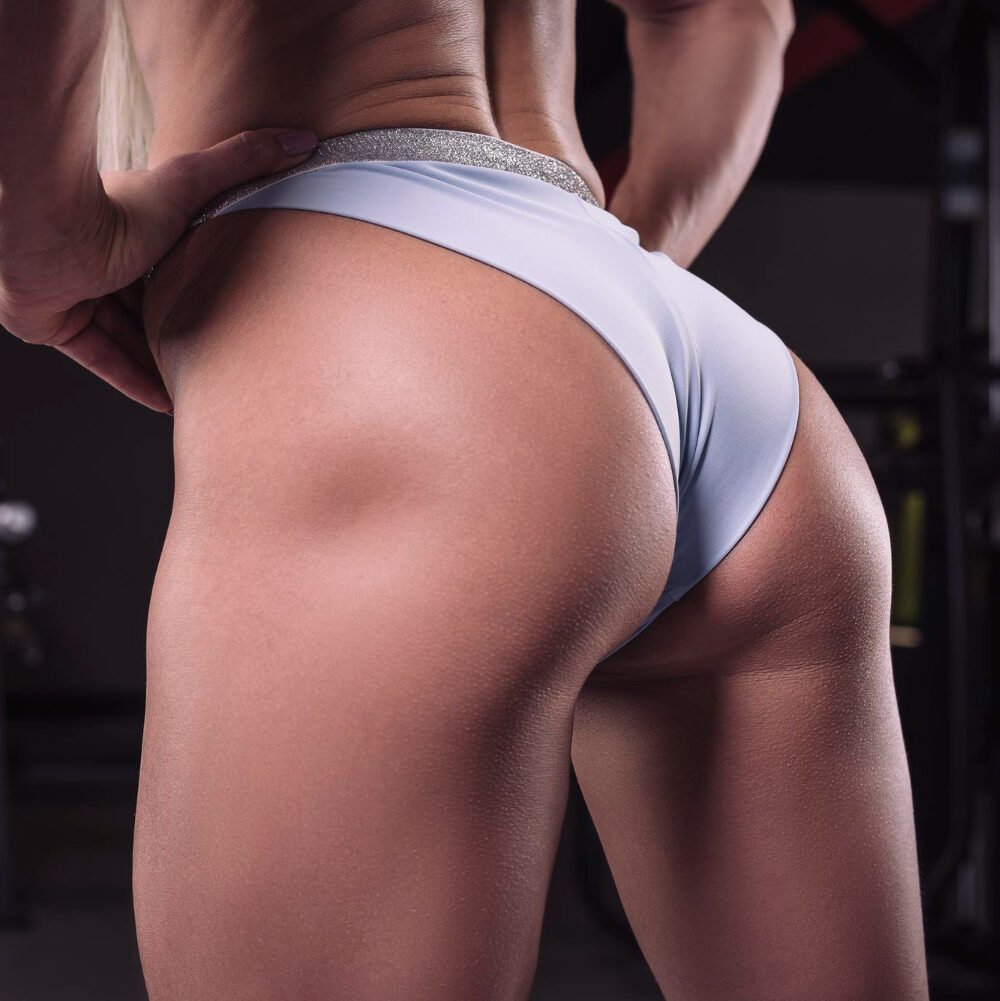
In conclusion, these 10 powerful exercises for the bottom of your glutes offer a wide range of practical benefits. By incorporating these efficient workouts into your routine, you can strengthen and shape this area effectively.
How will you apply these strategies to achieve your fitness goals? Emphasize the impact of dedicating time and effort to strengthening this important muscle group. Reflect deeply on the potential improvements that await as you commit to these exercises.
Discover a whole new level of strength and confidence by integrating them into your workout regimen!
FAQs
1. What exercises target the bottom of my glutes effectively?
Goblet squats, plié squats, and hip thrusts with free weights focus on strengthening your gluteus maximas by promoting muscle engagement in your lower legs and flexion at the hips.
2. Can I strengthen my glute muscles without going to the gym?
Absolutely! Exercises like single-leg squats, hyperextensions, and side kicks can be done at home to isolate and work out the bottom of your glutes as well as other hip muscles like the tensor fasciae latae.
3. How often should I exercise my glutes for best results?
Consistency is key; aim for a routine that includes targeted exercises such as barbell squats and deadlifts 2-3 times a week to shape and fortify your lower leg muscles effectively.
4. Do these exercises require special equipment?
While tools like kettlebells, ankle weights, and barbells can enhance some workouts, many moves including standing position calf raises or relevé can be performed using just body weight or items found at home.
5. Are there benefits to focusing on lower leg strength when working out my glutes?
Strengthening not only your main hip flexors but also supporting muscles like calves will improve overall balance, posture, support around joints such as ankles and knees leading to better performance whether you’re an avid runner or simply enjoy active daily living.
6. Should I adjust my diet while following this exercise regimen for shaping my butt?
Integrating a balanced diet with adequate protein helps supplement muscle repair after intense sessions which might involve isolation exercises targeting flexed quads—or any significant muscle group—so don’t overlook nutrition’s role alongside your workout plan.

Author
Years ago, the spark of my life’s passion ignited in my mind the moment I stepped into the local gym for the first time. The inaugural bead of perspiration, the initial endeavor, the very first surge of endorphins, and a sense of pride that washed over me post-workout marked the beginning of my deep-seated interest in strength sports, fitness, and sports nutrition. This very curiosity blossomed rapidly into a profound fascination, propelling me to earn a Master’s degree in Physical Education from the Academy of Physical Education in Krakow, followed by a Sports Manager diploma from the Jagiellonian University. My journey of growth led me to gain more specialized qualifications, such as being a certified personal trainer with a focus on sports dietetics, a lifeguard, and an instructor for wellness and corrective gymnastics. Theoretical knowledge paired seamlessly with practical experience, reinforcing my belief that the transformation of individuals under my guidance was also a reflection of my personal growth. This belief holds true even today. Each day, I strive to push the boundaries and explore new realms. These realms gently elevate me to greater heights. The unique combination of passion for my field and the continuous quest for growth fuels my drive to break new ground.





